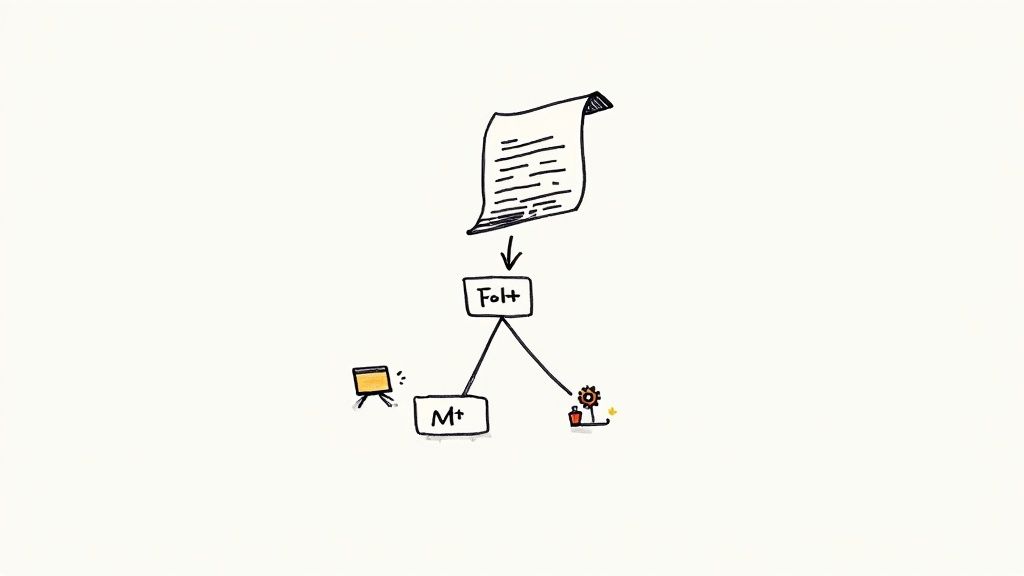The future of Merge Queue
We’re about to reinvent our Merge Queue, even though it’s already working well for hundreds of organizations. We’re driven by the need to stay ahead. This change might cause temporary discomfort, but it’s essential to keep pushing forward and delivering an even better system for our users.

Move fast and break things.
That quote does not come from me—you know it. Zuck told it first and it was the Facebook mantra for years. As we're planning to change many features in our Merge Queue product at Mergify, that was the first sentence that came to my mind.
We're going to break things. This is especially crazy when you have a product that works and is used by hundreds of organizations — but we have to in order to move fast.
Don't panic yet, though.
If you're reading this, you're likely an engineer, and you're already thinking, "Are those guys attacked by the second-system syndrome?"
No.
Don't imagine crazy things. We're not collapsing under technical debt. Our users are not angry — they have actually never been so happy. We're not even getting bored.
But we have to leave the status quo.
When we started Mergify five years ago, we were forging the way to the first enterprise-grade merge queue. Nobody had gone there before except a few companies building their custom internal tools. Inspired by other teams and projects (Uber, Zuul, Bors-ng, etc.), we built a fantastic and innovative product and strived to educate the market about best practices around CI and merge processes. It paid off, and competitors popped up and followed our tracks. The biggest of all, GitHub, even released a merge queue of their own last year.
What a recognition for a system that many teams had no clue about or were — in some cases — snobbish about.
This morning, I heard a story about Tiger Woods that really resonated with where we're at. At the height of his career, Tiger was miles ahead of the competition. He was winning tournaments, breaking records, and dominating the sport. But despite being on top, he felt the others were catching up. Instead of resting on his success, he made a bold decision—he changed his golf grip, a fundamental aspect of his game. This was no small tweak. It caused him to struggle for a while, and he fell behind temporarily. But over time, that change pushed him even further ahead, allowing him to stay ahead of the competition with renewed strength and precision.

Like Tiger, we're miles ahead of our rivals, but we want to keep it that way. Changing the way our merge queue works is like changing our grip. This is going to be annoying at first — for everyone, us and our customers — but we know this is what will give us steps ahead in the future.
Don't worry, though — we won't really break things, and we'll guide you through this progressive migration process.
Once this transition is over, we will add many new major updates and features to our Merge Queue. We will discuss them as we release them so everyone can enjoy what we're bringing to the table.
Expect faster merges, decreased latency, reduced CI costs, and all the benefits you'd expect from such a system.
In the meantime, keep merging. ✌️
— Julien, CEO of Mergify




